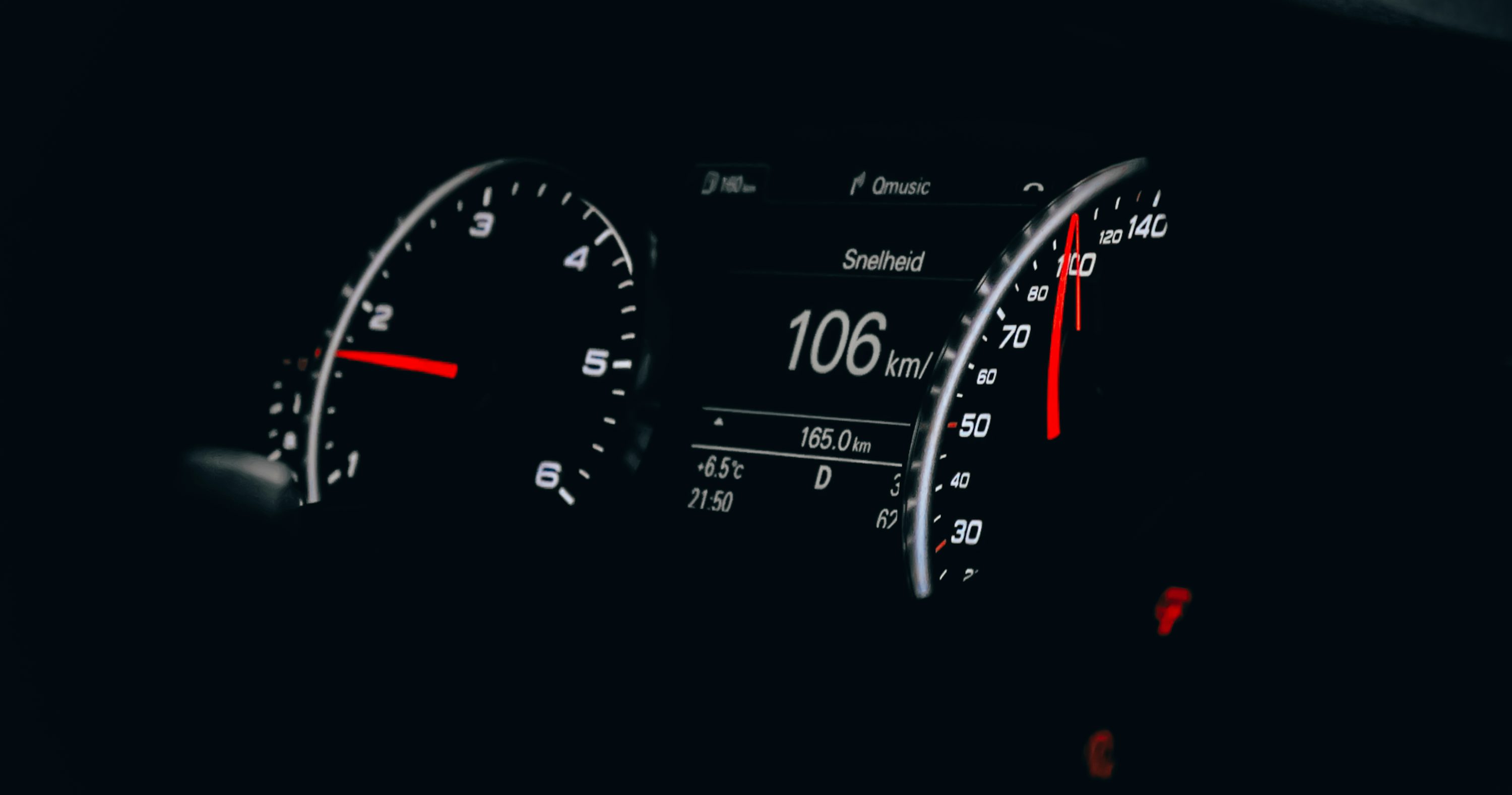- Understanding UAE’s Passenger Limit Rules
- Avoiding Common Mistakes
- Safety Tips for Group Travel
- FAQ
Driving in the UAE? Knowing how many people are allowed in a car is key! Avoid trouble and keep everyone safe by understanding the local passenger limits and traffic rules.
Understanding UAE’s Passenger Limit Rules
The UAE has very strict rules about how many people can be in a car at one time. These rules are in place to stop accidents that happen when cars are too full. It’s important for every driver to know these rules to keep themselves and others safe on the road.
Legal Basis for Passenger Limits
The passenger limits are firmly set in UAE traffic laws. The main idea behind these laws is simple:every person in the car must have a proper seat and a working seat belt. This rule directly relates to the car's intended vehicle capacity.
Here's what determines the maximum number of people allowed in a car:
Vehicle type: A small car, like a sedan, cannot carry as many people as a bigger SUV or a van. The way the car is designed tells us its safe passenger limits.
Number of installed seat belts: This is a very important rule. If your car has five seat belts, then usually only five people, including the driver, can travel safely. It's not just about having enough space; it's about having the right safety gear for everyone.
Road safety standards: These are the official rules set by the authorities to make sure cars are always used in the safest way possible. This helps prevent many types of accidents connected to overloading.
Here are some typical limits for common types of cars you might see in the UAE:
Vehicle Type | Typical Passenger Limit |
|---|---|
5-seat sedan | 4 adults + 1 child seat |
7-seat SUV | 6 adults + 1 child seat |
It’s good to remember that these are just common examples. Always double-check your car's official registration papers to know its exact vehicle capacity.
Why These Limits Matter
Following passenger limits is all about keeping everyone safe — those in your car and others on the road. Overloading a vehicle can create serious risks and problems:
Reduced control of the vehicle: When a car is too heavy, it becomes much harder to steer, especially when turning or if you need to react fast in an emergency. The car's balance just feels off.
Longer braking distances: A car that is too heavy takes a lot more time and distance to stop. This is very dangerous if you need to brake quickly to avoid something. It significantly increases the chance of having a crash.
Higher risk of injury in accidents: If an accident happens with an overloaded car, the chance of serious injuries for everyone inside is much, much higher. This is especially true if people aren't properly secured with seat belts. Being over the passenger limit just makes every bad impact worse.
Avoiding Common Mistakes
Sometimes, it's easy to accidentally carry too many people without even realizing it. Knowing the UAE traffic laws can help you avoid common problems and huge fines for overloading. Let's look at some key rules and situations to watch out for.
Seat Belt Requirements
Seat belt regulations are very strict in the UAE. They are a core part of ensuring safety and respecting passenger limits.
Every passenger must have a functional seat belt: This means every person in the car, from the driver to the very last passenger, needs their very own working seat belt. No sharing, no exceptions. If a seat belt is broken, that seat cannot be used, which affects your vehicle capacity.
Children under 4 need approved car seats: This isn't just a suggestion; it's a firm rule. Babies and very young children must travel in approved child safety seats that are properly installed. This keeps them safe and means they count as a 'seat' within the car's overall passenger limit.
Front seat passengers must be at least 145 cm tall: Children or shorter adults are not allowed to sit in the front passenger seat if they are shorter than 145 cm. This rule is for their safety, mainly because of how airbags work in a crash.
Popular Scenarios to Watch
Certain situations can often lead to accidentally exceeding passenger limits. It’s good to be extra aware during these times:
School runs with multiple children: When picking up several kids, it’s easy to overlook how many are in the car. Always count everyone and ensure each child has a seat and a seat belt. Remember, child car seats often take up more space!
Group trips to malls/events: When you’re heading out with friends or family for a fun day, like going to the mall or a show, it’s easy to just try to squeeze in "one more person." Remember to stick to your car's actual vehicle capacity.
Ride-sharing arrangements: Even if you’re just carpooling with friends or giving a lift to someone, be careful about how many people are in the car. Even for informal rides, UAE traffic laws still apply to passenger limits.
Safety Tips for Group Travel
Making smart choices when traveling with groups is crucial. These tips will help you stay safe and follow UAE traffic laws regarding passenger limits.
Always check seat belt availability before starting trips: Make this a regular habit. Before anyone gets comfortable, make sure there’s a working seat belt for every single person. This simple check can prevent overloading and keep everyone safe during the drive.
Use larger vehicles for family outings: If you frequently travel with many people, it makes sense to use a bigger car, like an SUV or a van. It’s safer and makes it much easier for you to stay within the passenger limits.
Consider hiring licensed transport for big groups: For very big groups, such as a large family get-together or a company outing, it’s often safer and less stressful to use buses or vans from licensed transportation companies. These vehicles are made for higher vehicle capacity and meet special rules.
Never allow passengers in cargo areas: No one, under any circumstance, should ever ride in the trunk, the cargo area, or any part of the car not made for seating. These areas have no seat belts and provide no protection if a crash happens. This is extremely dangerous and strictly against UAE traffic laws.
FAQ
Q:Do infants count toward the passenger limit?
A: Yes, absolutely! Every single person inside the car counts towards the total passenger limit, and this includes infants and young children. It's not safe, and it's illegal, to hold a baby on your lap. They must always be in an approved child safety seat that is properly secured. This also takes up a designated 'seat' within the vehicle capacity.
Q:What happens if I exceed the limit?
A: If you exceed passenger limits, you will face serious consequences under UAE traffic laws. This typically involves significant fines for overloading (which can be hundreds of AED/SAR) and often penalty points on your driver's license. If you get caught overloading repeatedly, the penalties can become much harsher, possibly even leading to your vehicle being impounded or your license suspended. It's simply not worth the risk.
Q:Can I modify my car to add more seats?
A: No, you cannot just add seats to your car without proper authorization. Making unauthorized changes to your vehicle's structure or vehicle capacity is against UAE traffic laws. If you consider such a change, you must only consult certified and approved workshops. They will guide you on whether it's possible and how to do it legally and safely, ensuring it meets all road safety standards.
Q:Are taxis exempt from these rules?
A: Licensed commercial vehicles, like official taxis and public buses, have their own specific passenger limits and regulations. These are set by the authorities who supervise public transport. However, this article mainly focuses on private passenger cars. Your personal car must always follow the standard UAE traffic laws regarding passenger limits and vehicle capacity.
Q:How do I calculate capacity for older vehicles?
A: For older vehicles, it can sometimes be a bit tricky to confirm the exact vehicle capacity. The best places to check are usually the manufacturer's plate, which you might find on the inside of the driver's door frame or under the hood. Another reliable source is your car's official registration documents. These documents will clearly state the original number of seats the vehicle was designed for according to road safety standards, which determines its passenger limit.
Read More:
Fortuner Fuel Tank Capacity 2025:What Drivers Should Know
2025 FJ Cruiser Tank Capacity: Mastering Fuel Efficiency
2025 Windshield Fog Solutions:Clear Vision Driving Tips You Need













